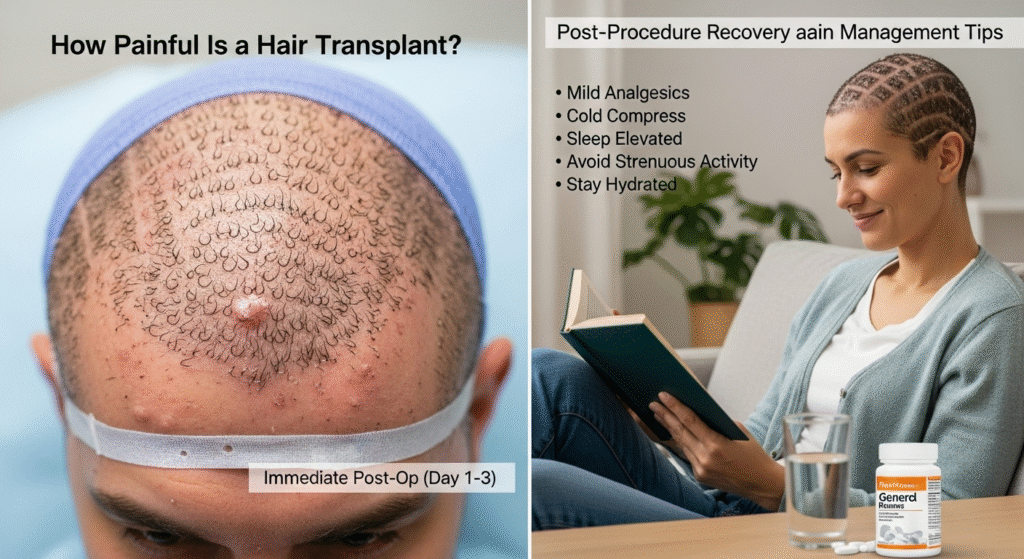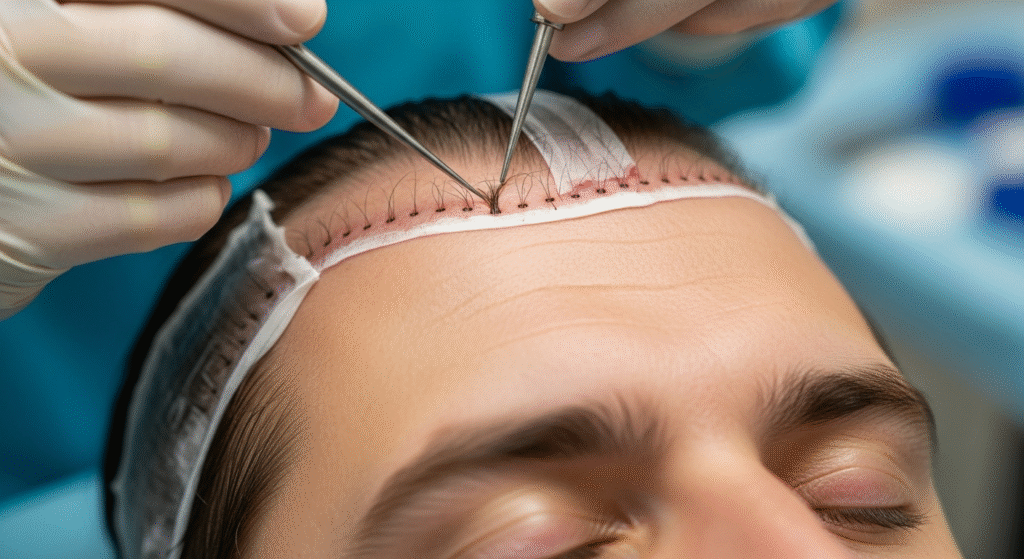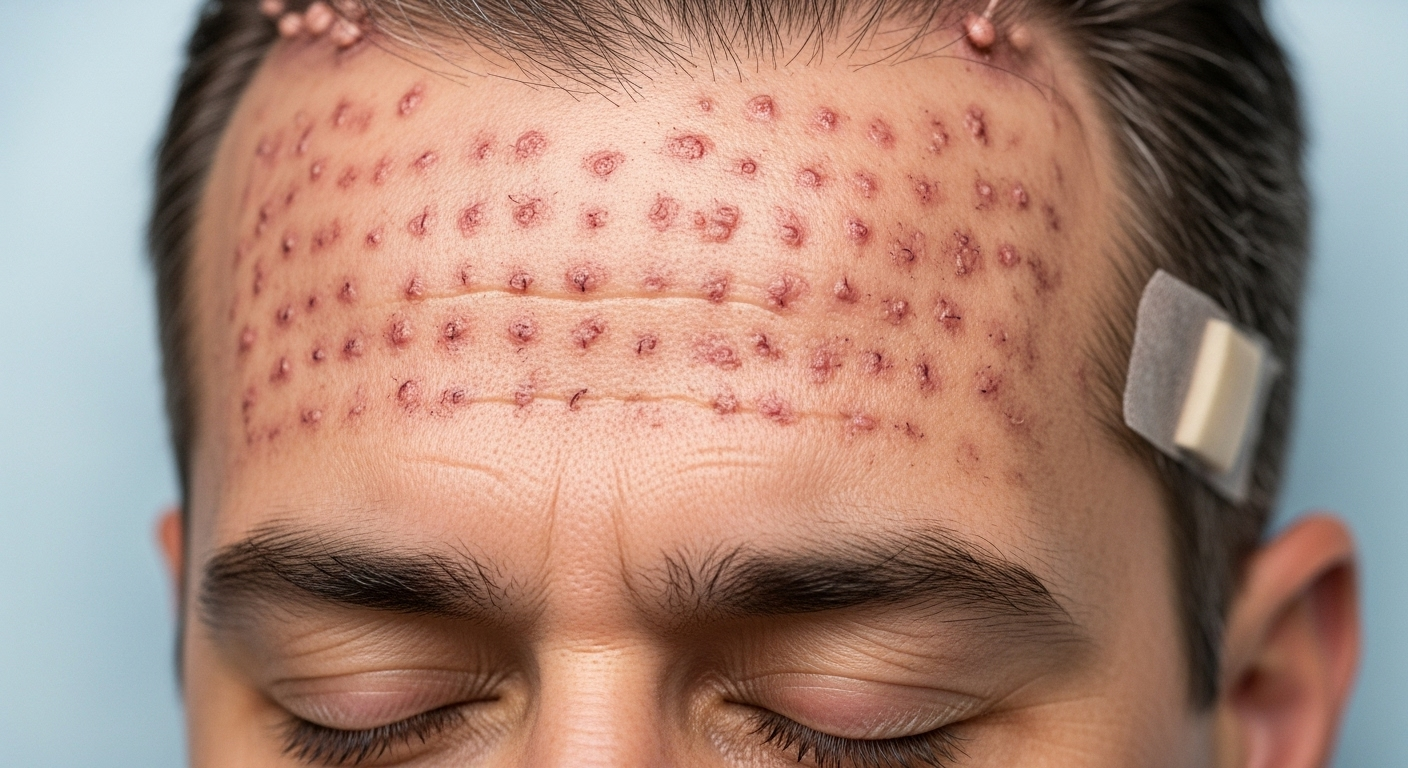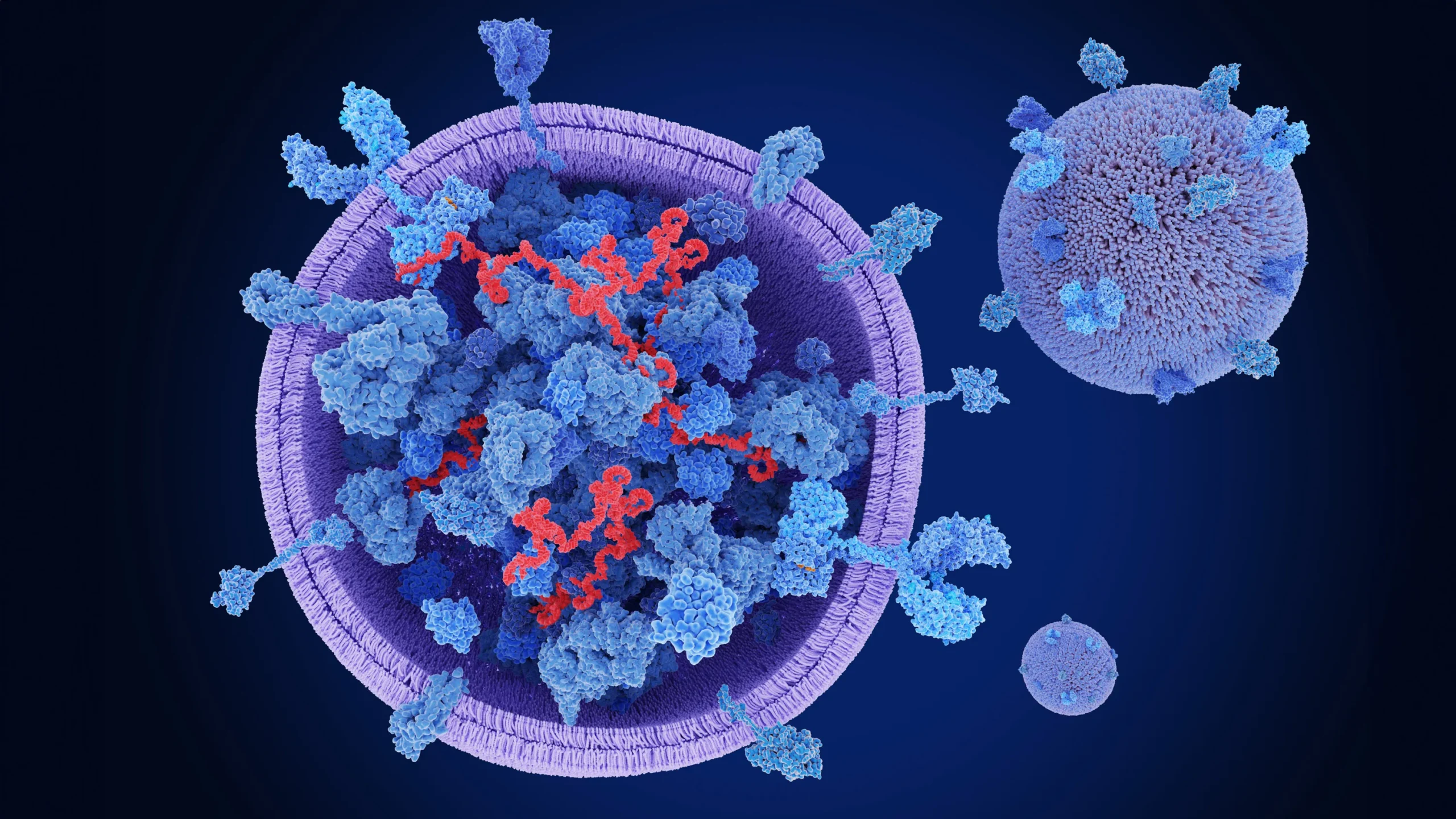If you're considering a hair transplant, you may be wondering: Is hair transplant painful? This is a common concern, as undergoing any surgery involves the potential for discomfort. However, understanding what to expect during the procedure and the recovery process can help alleviate these worries. In this article, we'll discuss the pain associated with hair …
If you’re considering a hair transplant, you may be wondering: Is hair transplant painful? This is a common concern, as undergoing any surgery involves the potential for discomfort. However, understanding what to expect during the procedure and the recovery process can help alleviate these worries.
In this article, we’ll discuss the pain associated with hair transplants, including what you can expect before, during, and after the procedure, as well as how pain can be managed effectively. By the end, you will have a clear understanding of whether hair transplants are painful and how to make your experience as comfortable as possible.

What to Expect During a Hair Transplant Procedure
Types of Hair Transplants: FUT vs. FUE
There are two main types of hair transplant procedures: Follicular Unit Transplant (FUT) and Follicular Unit Extraction (FUE). Both procedures are effective for restoring hair but differ in terms of invasiveness and technique.
- FUT (Follicular Unit Transplant): This procedure involves removing a strip of scalp from the donor area and transplanting individual follicles into the recipient area. Because of the surgical nature of FUT, it can be slightly more invasive and may result in a longer recovery time.
- FUE (Follicular Unit Extraction): FUE is a minimally invasive technique in which individual hair follicles are extracted and transplanted into the thinning areas. This procedure tends to have less discomfort and a quicker recovery time compared to FUT.
Anesthesia and Pain Management
Both FUT and FUE procedures are performed under local anesthesia, ensuring that the donor and recipient areas are completely numbed during the surgery. This means that you won’t feel any pain during the procedure itself. Additionally, sedatives may be used to help you feel relaxed and at ease throughout the surgery.
The Procedure Steps and How They Impact Pain
During the procedure:
- FUT involves a linear incision, which may cause slight discomfort in the donor area post-surgery.
- FUE is less invasive, with only tiny punctures made in the scalp, leading to minimal discomfort during the procedure.
While the anesthesia ensures you won’t feel pain during the procedure, some patients report mild pressure or tugging sensations as the surgeon works on the scalp.
How Painful Is a Hair Transplant? Breaking Down the Sensations

Pain During the Procedure
The primary pain concern during a hair transplant is usually associated with injection sites for anesthesia. Once the anesthesia kicks in, there should be little to no pain. However, it’s normal to experience some discomfort or pressure as the surgeon removes and transplants the hair follicles. The discomfort is generally mild, and most patients report that the procedure is less painful than they anticipated.
Post-Procedure Sensitivity
After the procedure, some pain or discomfort is expected as the scalp adjusts. Here’s what you can expect in the days following the transplant:
- Mild soreness: This is usually localized to the areas where the hair follicles were extracted and implanted. It can be compared to the feeling after a scalp massage or light sunburn.
- Swelling and tightness: The donor and recipient areas may feel tight or swollen, which is a normal part of the healing process.
- Itching and tenderness: The scalp may feel itchy during the recovery period as the hair follicles start to settle into their new position.
The good news is that these sensations are usually temporary and subside within a few days.
Comparing Pain Levels to Other Surgeries
While hair transplant surgery is a surgical procedure, the level of discomfort is relatively mild compared to other types of surgery. Most patients find that the pain is manageable and that their recovery is swift, especially with FUE procedures, which are less invasive than FUT.
Post-Procedure Recovery and Pain Management Tips

What to Expect After a Hair Transplant
After the procedure, patients typically experience mild swelling, soreness, and slight redness at both the donor and recipient sites. Here’s what to expect in the days following the transplant:
- Day 1-2: Expect some swelling and mild discomfort in the treated areas. You may also notice scabs or crusting around the transplant sites.
- Day 3-7: Swelling should start to subside, and discomfort will reduce significantly. Some patients report mild tightness or itching in the scalp.
- Week 2-3: By this time, most of the discomfort should be gone. Any residual swelling or redness will fade, and scabs will begin to fall off.
Pain Relief Options
Managing pain and discomfort after a hair transplant is relatively simple:
- Over-the-counter pain medications: Non-prescription pain relievers like ibuprofen or acetaminophen can help manage mild discomfort.
- Cold compresses: Applying cold packs to the swollen areas in the first few days can reduce swelling and alleviate pain.
- Prescription painkillers: In some cases, your surgeon may prescribe stronger medication for the first 1-2 days, particularly after FUT procedures.
It’s important to follow your surgeon’s aftercare instructions to ensure a smooth recovery process.
How Long Does Pain Last After a Hair Transplant?
For most patients, pain after a hair transplant is manageable and typically resolves within 3 to 7 days. If pain persists beyond this period, it’s important to consult with your surgeon, as it could indicate an infection or other complication.
Can You Avoid Pain During a Hair Transplant?

The Role of the Surgeon in Minimizing Pain
Choosing an experienced and skilled surgeon is one of the most important factors in reducing pain during the procedure. A qualified surgeon will use the appropriate techniques to minimize discomfort and ensure that the procedure goes smoothly.
If you’re nervous about pain, discuss it with your surgeon before the procedure. They can adjust anesthesia and pain management strategies to suit your needs.
Tips for Reducing Discomfort During the Procedure
- Relaxation techniques: Breathing exercises or light meditation can help ease anxiety and discomfort before and during the procedure.
- Effective anesthesia: Speak to your surgeon about the anesthesia options and ensure you’re comfortable with the plan.
Advancements in Hair Transplant Technology
Newer technologies like robotic hair restoration systems can help reduce pain during the procedure by making precise, less invasive incisions. Robotic systems can also help improve the speed of the procedure, which means less time in the operating chair.
Expert Opinions: Is Hair Transplant Painful According to Specialists?
Patient Experiences and Testimonials
Many patients report that the pain during and after the procedure is manageable. One patient, said, “I was expecting more pain, but after the initial injection, it was mostly just pressure. I used ice packs for a couple of days and felt much better by day four.”
FAQs
How much pain can I expect during a hair transplant?
Pain during the procedure is minimal, thanks to local anesthesia. Some pressure or mild discomfort might be felt, but it should not be painful.
Is hair transplant pain manageable?
Yes, pain is typically mild and can be managed with over-the-counter medications and cold compresses.
How soon can I return to normal activities after the transplant?
Most patients can return to normal activities within 3 to 7 days, though strenuous exercise should be avoided for 2 to 3 weeks.
Is the pain from hair transplants the same for FUT and FUE?
FUE tends to cause less pain compared to FUT, as it’s less invasive and does not require the removal of a scalp strip.
What are the most common side effects after a hair transplant?
Common side effects include mild pain, swelling, redness, and itching, which typically resolve within a few days.
Conclusion: Is a Hair Transplant Painful?
Overall, a hair transplant is generally not very painful, especially with modern techniques like FUE and effective pain management strategies. While mild discomfort may occur during the procedure and in the days following, it’s manageable with the right aftercare. Choosing an experienced surgeon and following recovery instructions will ensure that your experience is as pain-free as possible.
Ready To Take Your Next Step:
Are you considering a hair transplant but worried about the pain? Speak with Dr. Uzma Irfan, an ISHRS-certified surgeon today to discuss pain management options and ensure a comfortable and successful procedure.






